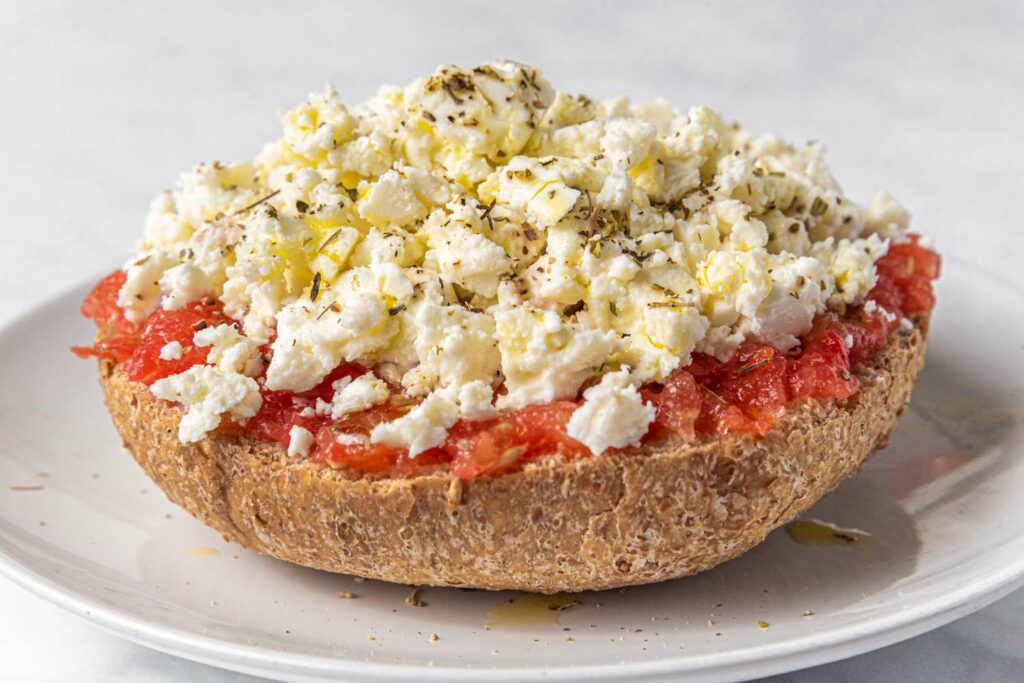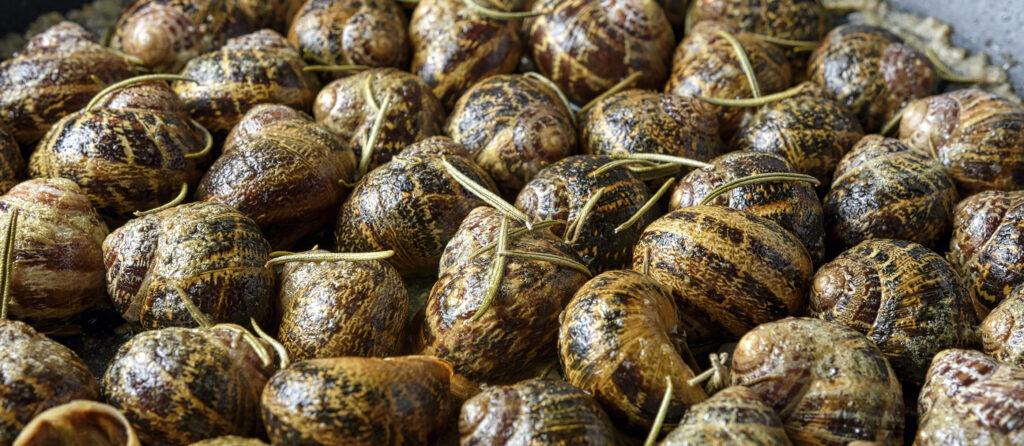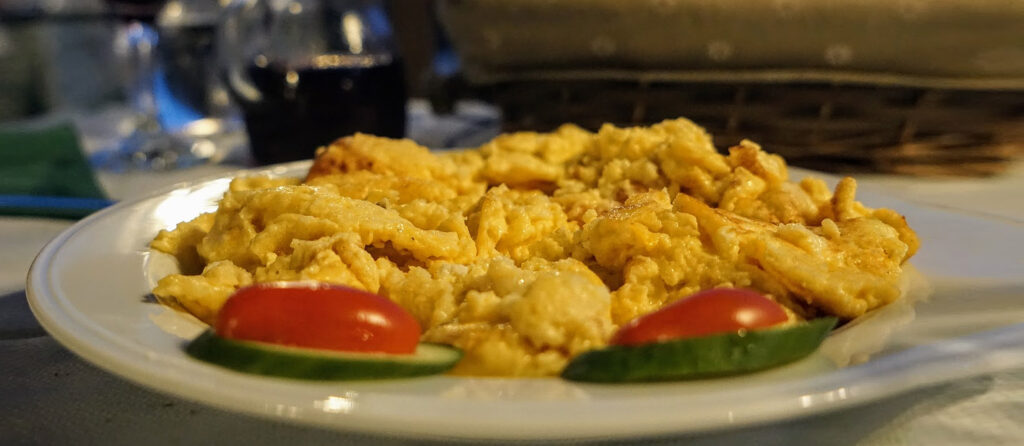Crete is the largest of the Greek Islands, with a rich and varied history that feeds directly into its beautiful and unique diet. Crete is more unlike the rest of Greece than many realise, and this blog will give you an insight into the history, culture and authentic cuisine that make this island so distinctive.
Cretan cuisine at a glance
The Cretan diet is based on very simple bedrock; Olives, oils, pulses and vegetable, alongside nuts and dried fruits. Meat and fish consumption on Crete is lower than you might think, the Cretans instead favouring cheese as a source of protein. Cheese making is deeply traditional on Crete, with so many different varieties that many go unnamed and are referred to simply as “cheese”. Turkish and Jewish travellers brought to Crete a whole host of herbs and spices, the influence of which can still be seen in thick lamb sauces and zesty buttered snails.
History in every bite
From 824 – 961AD, Crete was under Arab rule, influences of which can still be found in its cuisine. A huge milestone in Crete’s food history, though, took place in 1204 when the island was sold to the Venetians, who used the island as a place to cultivate grains, wines, animal hides and woods to shape shipyards. Crete enjoyed a rip-roaring trade of import and export, with food from all over the world passing through.
These flavours and international influences leaked slowly into Cretan cuisine, until the island was taken by the Ottoman Turks in 1669, and their legacy is plain to see in today’s menus. In fact, many dishes considered traditionally Cretan were inherited from Ottoman cuisine. Phyllo pastry, aubergine papoutsaki and baklava all owe their place in the Cretan diet to this influence of Persian, Arabic and Byzantine cuisine that was brought to the island by the Turks.
Traditional Cretan dishes (and where to find them)
Dakos

The quintessential Cretan starter. A rusk made of paximadia, a type of barley. Baked to perfection and served studded with seeds. Enjoy with olive oil, fresh tomato juice and salted cheese. You’ll find these everywhere, but those at To Steno are particularly yummy.
Bourbouristi

Greeks have eaten snails for centuries, and have as many different ways of cooking them. Here, they are lightly dusted with flour, fried, then served with salt, vinegar and rosemary. Incredibly moreish. You can find them at Chrisostomos, a restaurant specialising in wood- fired ovens.
Staka Me Ayga

While cream and eggs may not sound appealing, this Cretan specialty is not to be missed. Poached or fried, the eggs are served over a white source of cream, flour, salt and pepper. This gooey gorgeousness makes a great spread, dip, or just an different take on your morning eggs. Find them at To Antikristo.
Cretan Ingredients
Staka
Boil milk, let it cool. Slice off the foamy top, sprinkle with salt and store in the fridge. The result is this sour, salty, punch in the taste buds.
Syglino
A truly traditional meat. Tender cuts of pork are marinated in spiced extra virgin olive oil, then smoked over aromatic woods.
Ironwort
A self-seeding, wild tea. Close in flavour to marjoram, it grows on mountains, as high as two thousand meters.
Crete is an island in touch with it’s’ seasons. One sure fire way to tell if a restaurant or tavern is serving you authentic Cretan food is to check for seasonal ingredients. In spring, any chef worth their salt will be serving up peas, asparagus, courgette, fava beans and a host of other pulses. In summer, you’re looking for beans, aubergines, tomatoes, squash and okra. When winter comes, the freshest fare includes carrots, broccoli, cauliflower and avocado.
Also, look out for a daily specials board. If you find a tavern with a chalk board outside, advertising a different local fish or lamb dish every day, chances are the chef is planning his menu around each morning’s freshest local produce.
It’s all Greek to me
No matter how well you research a country and its cuisine, there’s one thing that can
unravel even the coolest of explorers: The language barrier.
If you have time, learn as much Greek as possible before visiting Crete.
If not, there are plenty of translation apps available for your phone, which translate English to Greek at the click of a button – and some will even read it out loud if you’re too afraid to have a go yourself!
Avoiding the tourist traps
If you’re keen to experience quieter, more authentic tavernas, stick to the south coast of the island. With fewer tourists here than Malia and Hersonissos to the North, you’re less likely to fall prey to sub-par tourist menus.
If you’re having trouble figuring out if an eatery is authentic, and aren’t confident asking about the food, just have a look at the outside of the building. If it looks like its seen better days – all flaking paint and mismatching furniture – but is still heaving with locals…chances are they’re there for the quality of the food!
Conclusion
And that concludes out whistle-stop tour of traditional Cretan food. We hope it’s given you an insight into just how unique a cuisine it is – not just that island bit off the edge of Greece!
Here’s a rundown of the points we covered
- Beautiful things, basic beginnings. Cretan food is built on simple, quality ingredients.
- The world in a plate. Cretan food takes influences from Venetians, Turks and Arabs
to name but a few.
- Be brave. Snails or creamy eggs may not be what you expect from Crete, but they
are wondrous.
- Keep an eye out for chefs using seasonal ingredients and locally caught fish.
- Learn some Greek before you go!
Thanks so much for reading. We hope that’s got your appetite suitably whetted.

